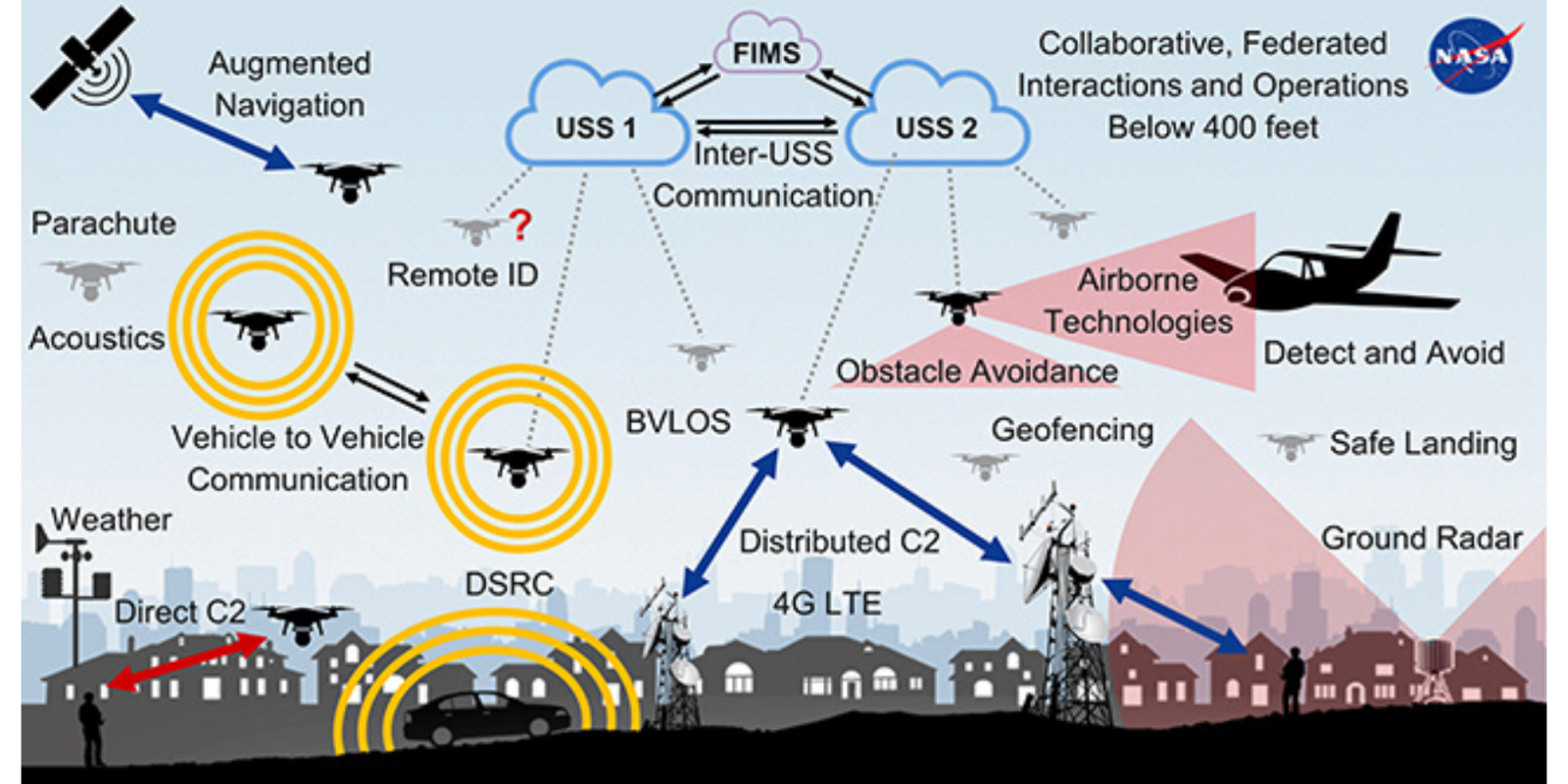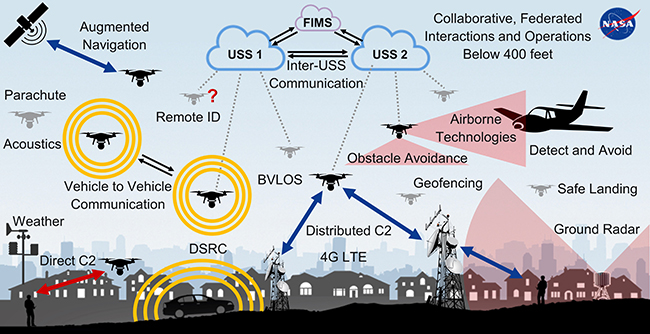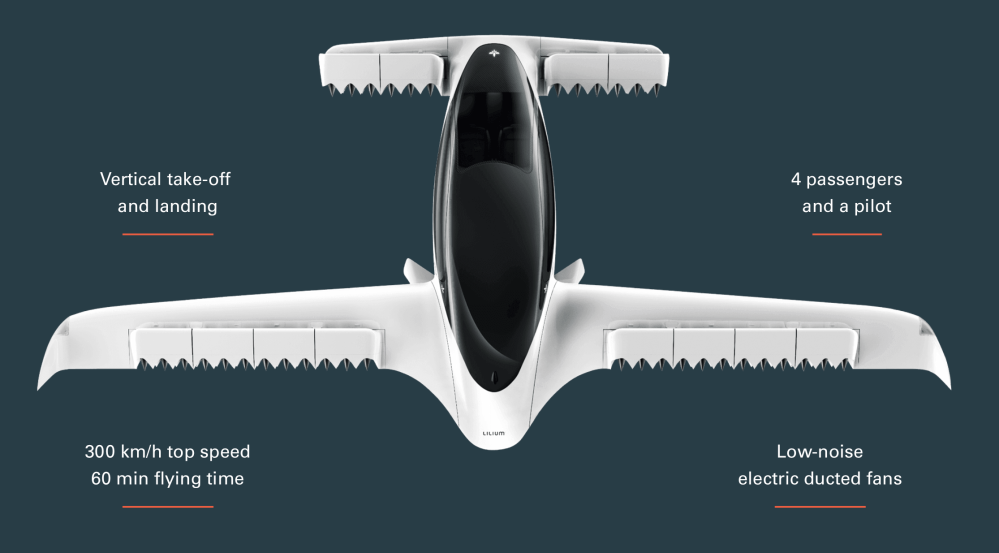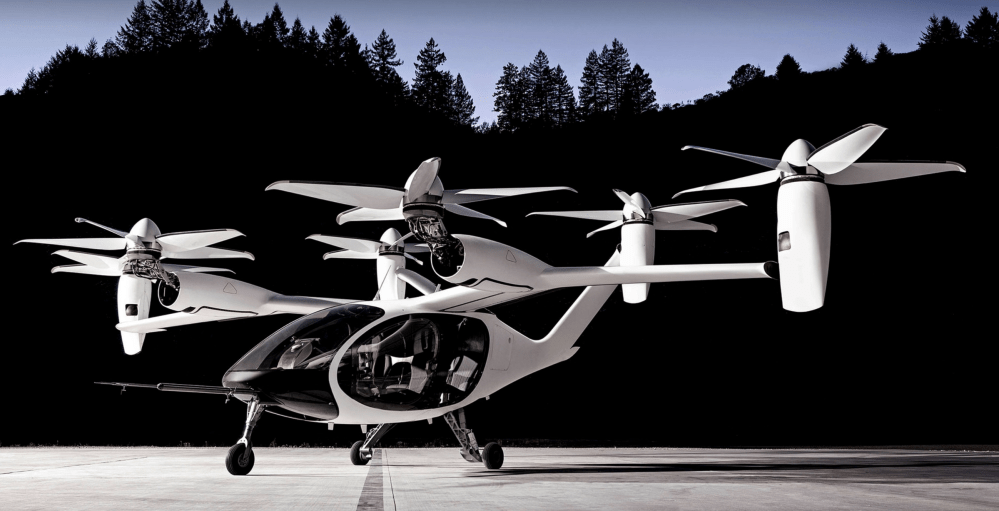
If you’re a regular reader of DroneDJ, you’ve likely heard the phrase “Urban Air Mobility” by now. But what exactly does it mean? And why is it important? Let’s do a check-in.
We’re living in a remarkable technological age. It’s an era where SpaceX can land its reusable first stage with pinpoint accuracy on a drone ship. A time when our smartphones vastly outstrip the computing power that powered the Apollo missions. And an era, at least partly thanks to drones, with a new generation of very high-tech aircraft. These vehicles, mostly autonomous, will soon be shuttling paying passengers and goods through urban and rural skies.
Let’s take a closer look.
The urban landscape
No surprise here, but cities are getting bigger. By 2030, in fact, it’s estimated that 60 people out of every 100 on the planet will be living in cities. Moving people and goods on the ground in large urban centers inevitably leads to congestion. Diverting some of that traffic to the air, using safe and sustainable electrically powered vehicles, will help ease that problem.
A number of companies have now built eVTOL aircraft: Electric Vertical Takeoff and Landing machines. That means they can take off and land like a helicopter, from a small pinpoint location. This is important in cities because – obviously – it would be next to impossible to start adding airport runways at different locations in existing cities. But landing pads? They’re pretty simple. Here’s what the FAA has to say on that front:
The initial UAM ecosystem will utilize existing helicopter infrastructure such as routes, helipads, and Air Traffic Control (ATC) services, where practicable given the aircraft characteristics. Looking toward the future, the FAA is working to identify infrastructure design needs for these aircraft. FAA expects to develop a new vertiport standard in the coming years.
FAA Website
Before we go much further, it’s worth pointing out there are three terms/phrases that are all inter-related. They are: Urban Air Mobility (UAM), Advanced Air Mobility (AAM), and Unmanned Aircraft System Traffic Management (UTM).
Urban Air Mobility
Here’s how the FAA defines Urban Air Mobility:
Urban Air Mobility (UAM) envisions a safe and efficient aviation transportation system that will use highly automated aircraft that will operate and transport passengers or cargo at lower altitudes within urban and suburban areas. UAM will be composed of an ecosystem that considers the evolution and safety of the aircraft, the framework for operation, access to airspace, infrastructure development, and community engagement.
Next up? Advanced Air Mobility. This is a little more comprehensive and includes use-cases that aren’t specific to an urban setting. Here you can think of these new eVTOLs traveling between cities, delivering goods and services. There will soon also be personal, privately owned flying vehicles that don’t use traditional airports. Cargo delivery by autonomous drone also falls into this broad category.
Aren’t the skies going to get crowded?
Yes, there will be more air traffic. What’s more, some of this regular air traffic is going to be autonomous. There will be drones regularly transporting goods and people over cities, between cities, and to remote rural areas. That’s why that third phrase – Unmanned Aircraft System Traffic Management, or UTM, – is part of this whole mix.
In a nutshell, UTM refers to ensuring that manned and unmanned aircraft can be safely integrated. And here again, work has already been underway with major players like the FAA and NASA in concert with the industry.
There’s no set system yet – though a lot of potential solutions are in play. But it’s safe to say that UTM will move us from a human-centric way of managing air traffic (think Air Traffic Controllers) to a more machine-centric, automated system that will monitor UAM and AAM traffic. It will take into account congestion, weather, geofencing, terrain avoidance, and a host of other factors. NASA is very actively researching and testing in this area. In fact, it’s first set of field testing took place back in 2015.
There are a lot of factors that come into play with UTM. Just take a look at this NASA graphic:

It’s coming…
Why are we so excited about this? Well, because it’s clear this isn’t some pipe dream. A number of passenger-carrying vehicles have already proven themselves as airworthy – with some carrying out multiple flights with people on board. Most of these vehicles have multiple redundancy systems on board, meaning in the unlikely but possible event of a failure, there’s a backup.
We’ve written, within the past week or so, about several of the high-profile players in this space. They include:
EHang

Lilium

Joby Aviation

We’ve come a long way…
Back in 2018, I attended the Farnborough International Airshow in the UK. This show, along with an alternating show outside Paris, are the biggest airshows on the planet. At the time, Airbus was showing off its eFan – a two-passenger electric aircraft capable of short flights and suitable for training. It was one of the highlights of the show.
Now, a little more than two years later, there’s a growing number of sophisticated, tested eVTOL aircraft that can carry passengers without a pilot. Airbus has made Zero-Emissions Urban Air Mobility a priority.
At some point this decade, likely sooner than we all think, aircrafts like these will be routine over many cities. Smaller drones, carrying goods on delivery, will be safely sharing the same airspace.
So…watch this space. We’ll bring you news on this as it continues to develop.
FTC: We use income earning auto affiliate links. More.





Comments